
Formula 1 Testing – Day One
A sunny start to the day in Barcelona as the cars took to the track for the first of the official tests, the sound of F1 engines once more cascading across the landscape. There has been a major change in the regulations for 2017 as can be seen on the cars, with boomerang style side-pods, t-wings, shark fins and fatter rear tyres. It’s all change in the crazy world of F1.
Williams – They appear to have gone quietly about their business, no major aero on the car and Felipe Massa, now un-retired and racing again, completed an impressive 103 laps to put the car in 3rd. The car looked stable and there were no issues. In the morning Williams ran aero checks and in the afternoon they concentrated on tyre work and set-up.
McLaren – All the hype and all the furore surrounding the launch of the new car seems a distant memory now as Alonso finished in 10th and only completed 29 laps. The car had an oil system problem that they had not noticed previously which restricted the double world champion’s running. Eric Boullier was hopeful that Alonso would get further time in the car due to the lack of running. Not a great start for the team here in Barcelona.
Sauber – This was not a good day for Sauber. Marcus Ericsson completed 72 laps in a car that is carrying a 2016 Ferrari engine and it showed. They were five seconds off the pace of every other car and finished last but the team did comment they were working on aero and set-ups for this first test. Pascal Wehrlein did not take to the track, he has a neck and back problem but said that although he felt he could have gone out it could have caused a few problems. He is hopeful to be back for the next round of testing.
Renault – Alain Prost back at Renault, be it as a ‘special advisor’. There are rumblings in the paddock that he may be offered a more senior role within the team. Could the F1 legend be poised to take over the helm this season? Only time will tell. Nico Hulkenberg completed 57 laps and finished in 9th, which is not where Renault hoped they would be even during the first day of testing. They were three seconds off the pace and did have small problems with their chassis which overheated due to the bodywork being too close. Adjustments were made and there were no further issues.
Haas – Like Williams, another team who have gone quietly about their business with no razz-a-matazz or fireworks. They managed 51 laps and ended up 4th in the timings. Magnussen had a scare early on as he broke the front wing, then Haas added a t-wing which seemed to vibrate a lot and it will be interesting to see how they would be able to fix that problem.
Ferrari – The team who many think are going to be Mercedes main challengers this season had a good day with Vettel finishing 2nd on the timing screens after completing 128 laps. They concentrated on making sure their winter wind tunnel tests worked out on the circuit, the numbers added up and the team came away from day one very happy. The car showed great reliability even though the engine itself is 5kg heavier than last season. There have been some minor changes on the engine although Ferrari would not confirm what these were.
Force India – Sergio Perez had exhaust problems early on and completed 39 laps which put the car P7. He did state that the car itself felt better, there was more grip and there was plenty more to come.
Red Bull – There are mixed opinions about the Red Bull. Some are putting them as more of a challenger to Mercedes than Ferrari, others think they are going to be the bridesmaid to the ceremony. They finished 5th on day one, Ricciardo completed only 50 laps due to a battery problem and then they had a sensor issue which needed fixing. That said, Red Bull only finished building the car the Wednesday before the first test.
Toro Rosso – Carlos Sainz was a little confused. He said that he couldn’t compare the Renault engine to the Ferrari engine of last season due to the extra drag on the cars this year. They had some chassis problems, one part fell off in the pit lane and this restricted them to 51 laps and 8th place on the timing screens.
Mercedes – A great day for the defending champions. A massive 152 laps completed with Bottas going out in the morning. He ran the T-wing and said that it felt good and he had far more grip than he was previously used to. Hamilton changed to a shark fin for the afternoon session and he was quick. Quickest team on day one.
A lot is being spoken about regarding the change in regulations.
“It’s a good start when you are able to collect miles and data.” Toto Wolff said.
He mentioned that Mercedes were not seeing themselves as out-and-out favourites because due to the regulation changes every team is back to square one. But after this showing on day one, it’s difficult to take that comment seriously when the Mercedes car showed up so well.
The Mercedes team are fully aware that Bottas needs to hit the ground running and that he will have to perform to their high standards. Toto confirmed that Bottas is not there as a supporting role for Lewis, the two drivers will be asked to push each other to make them go faster. Where have we heard that before?
On the suspension issue which has put a dark cloud over the paddock, Toto Wolff had this to say:
“I think it’s the usual posing before the season starts.”
He went on to say that he felt the Mercedes suspension was clear and legal and the team are happy they have the correct specifications in place. He hinted that other teams might have legality issues on their own cars but did not specify who or what. Shots fired, welcome back Formula One!
Over at Red Bull Adrian Newey appeared calm and confident, as he always does. He did not seem too put out by the new regulations and repeated what Toto eluded to, that the teams are heading into the unknown.
“We don’t know” Newey said. “It’s the usual thing when you have big regulation change. We’ve been working over the winter. We know what we’ve achieved.”
He said that Red Bull had tried not to put too much on the car so that they could understand the flow structure properly and then develop the car from there. This seemed a very simple yet Newey-esque approach. On the nose and air flow he had this to say:
“We had this regulation change in 2014, where we went from high noses to a low nose. Our hole in the middle is a small step back to trying to get a slightly higher nose, whilst aerodynamically having a low nose.”
He mentioned the hole in the Red Bull nose is legal if “you do it in a particular way.” He said that comparisons could be drawn with what Renault did two years ago and the Force India design of 2016.
It is fascinating when you listen to Adrian Newey. He went on to discuss the shark fins and how the primary role of the structure is to stabilise the rear from side winds as the car goes into corners. The T-wings, he explained, was a little wing you could put in if you wish too but, that for a big visual change, it had a small aerodynamic effect.
Day one of testing was over and the big boys flexed their muscles, to a certain extent. First points to Mercedes so far who just looked mightily impressive but it is fair to say that Ferrari were not too far behind in the reliability stakes. Difficult to say what Red Bull have to offer due to their lack of laps but in day two of testing things could change.
After all, this is Formula One. Nothing stays the same forever.
See you at the chequered flag.
Neil Simmons
Twitter: @world_racing















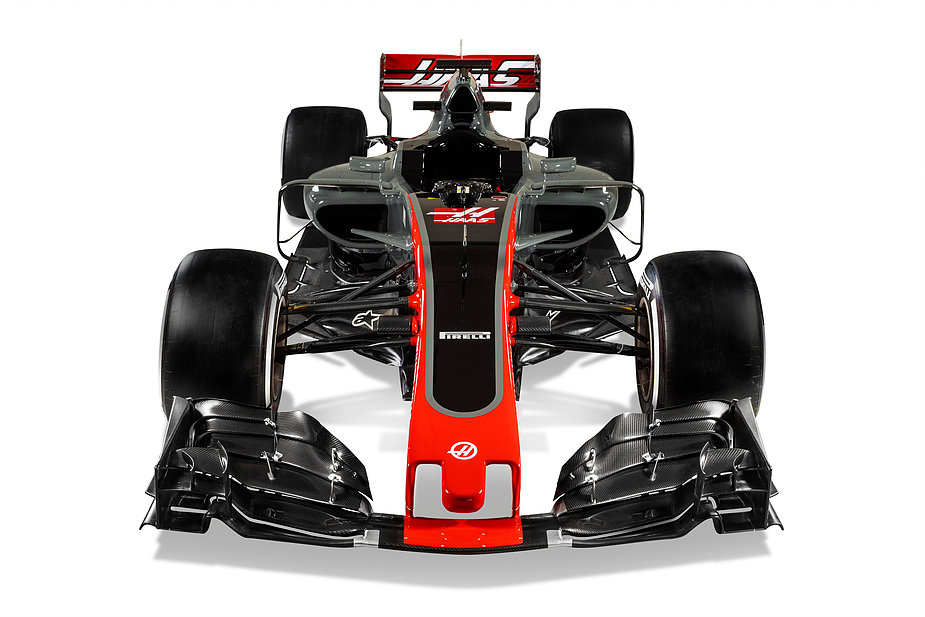
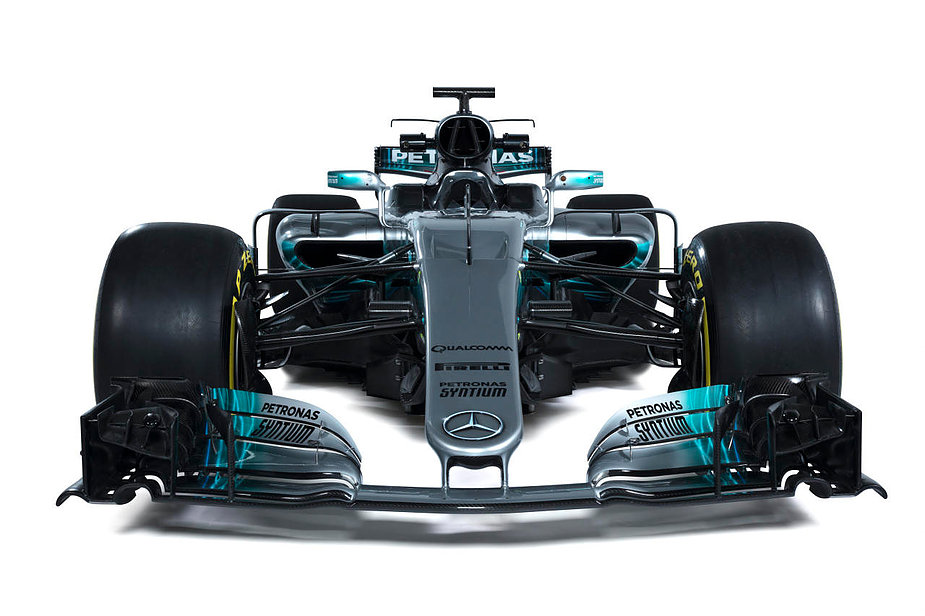

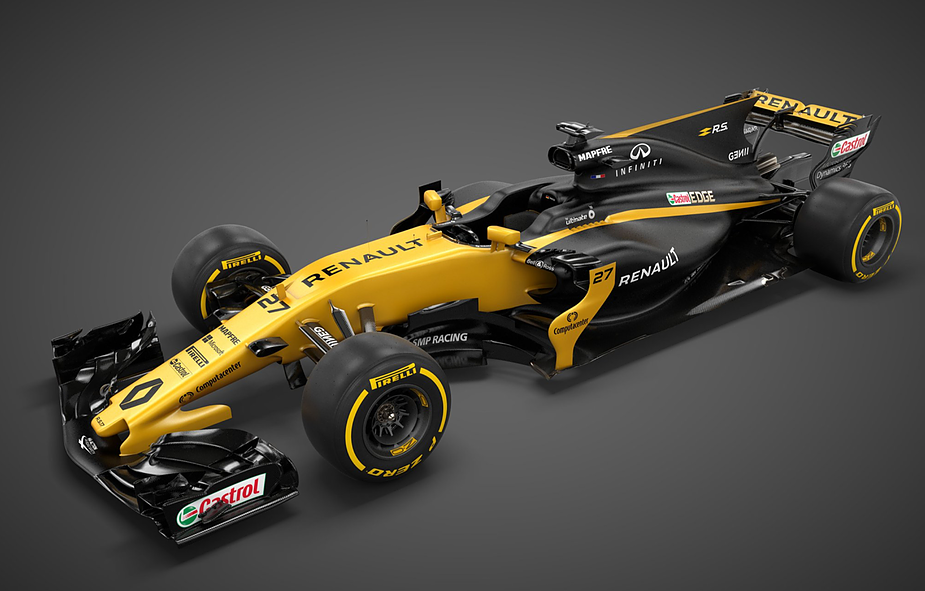
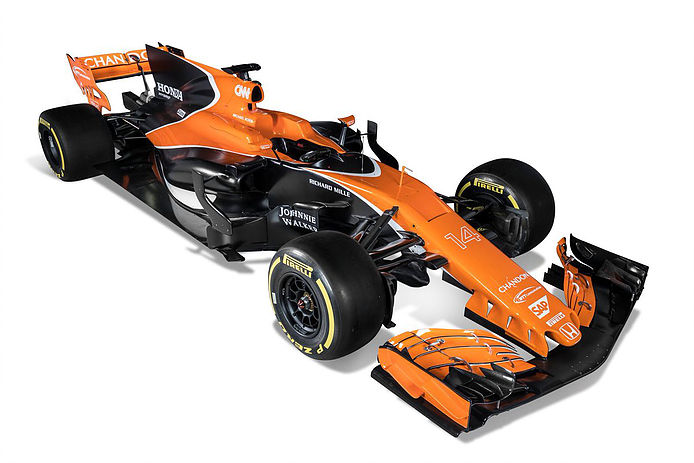
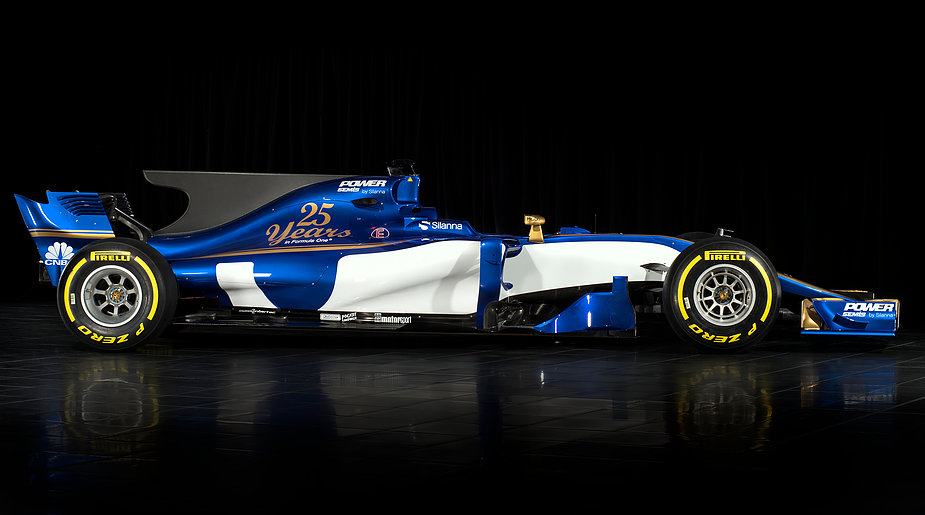
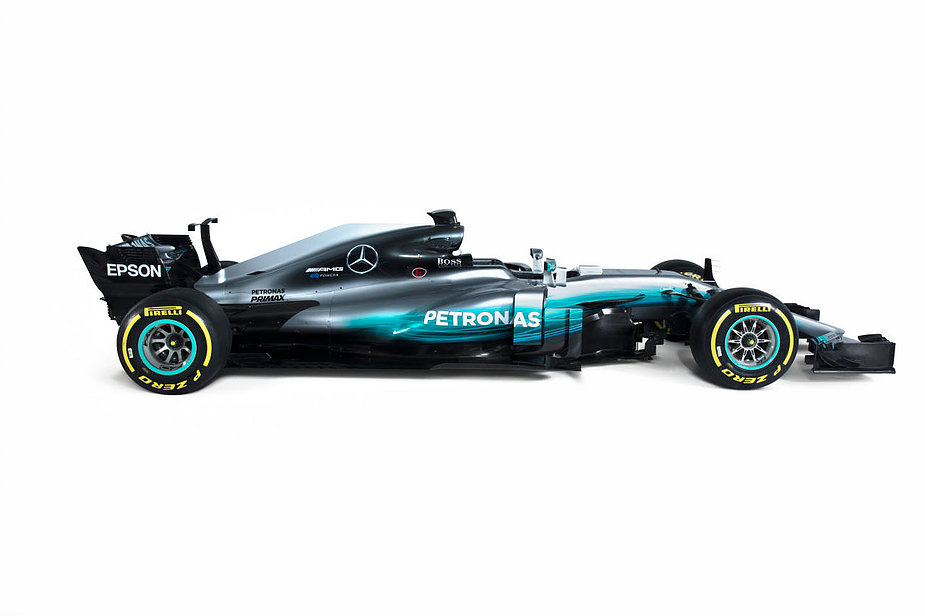
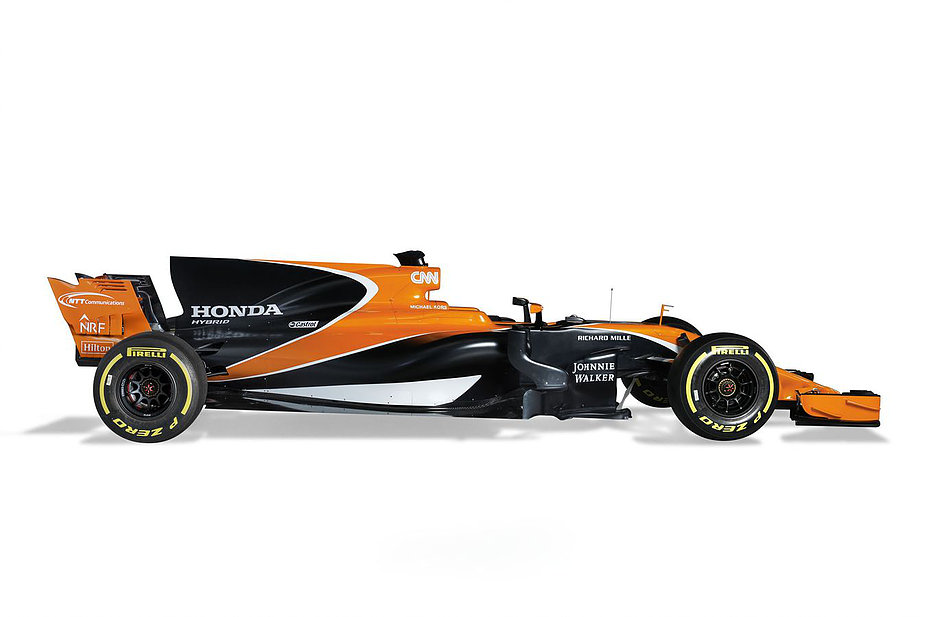
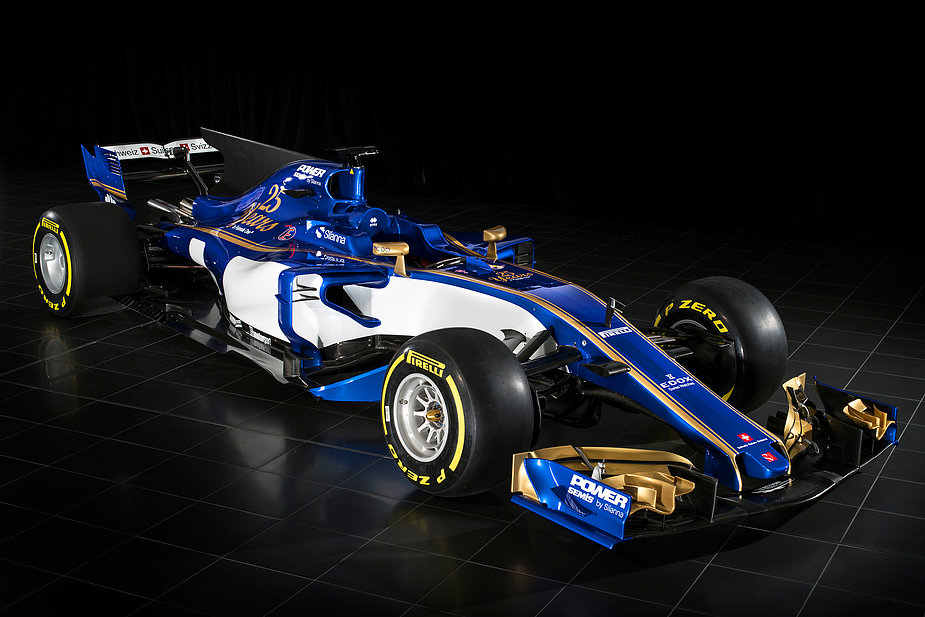
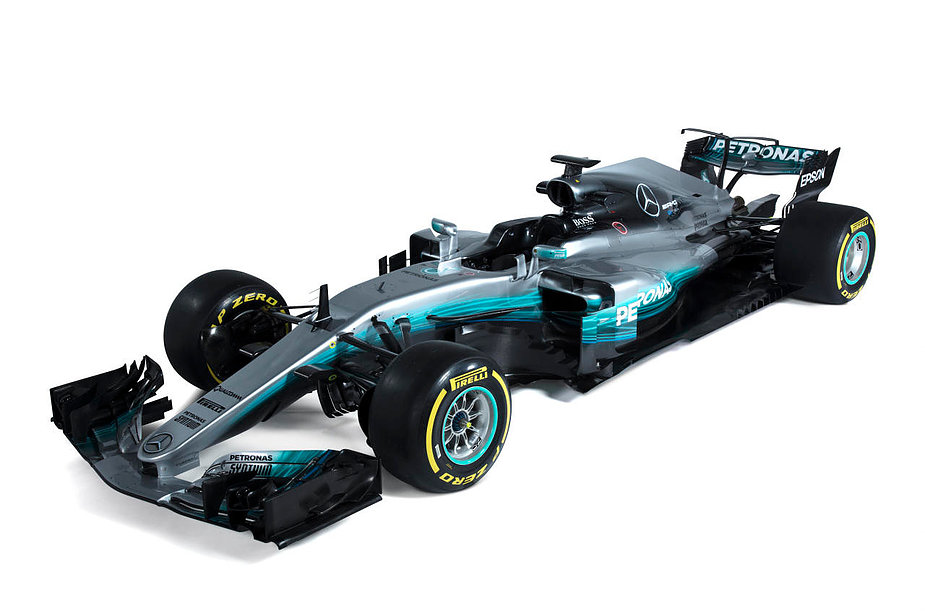
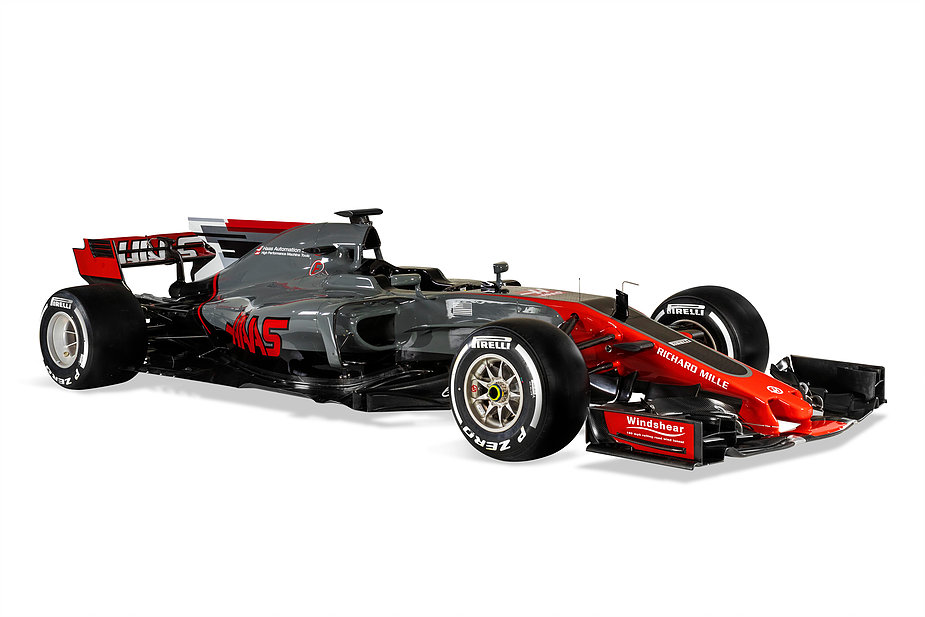







 It was a fairly low key affair for a launch as the team revealed Ferrari’s challenge for a world title in 2017.
It was a fairly low key affair for a launch as the team revealed Ferrari’s challenge for a world title in 2017.

